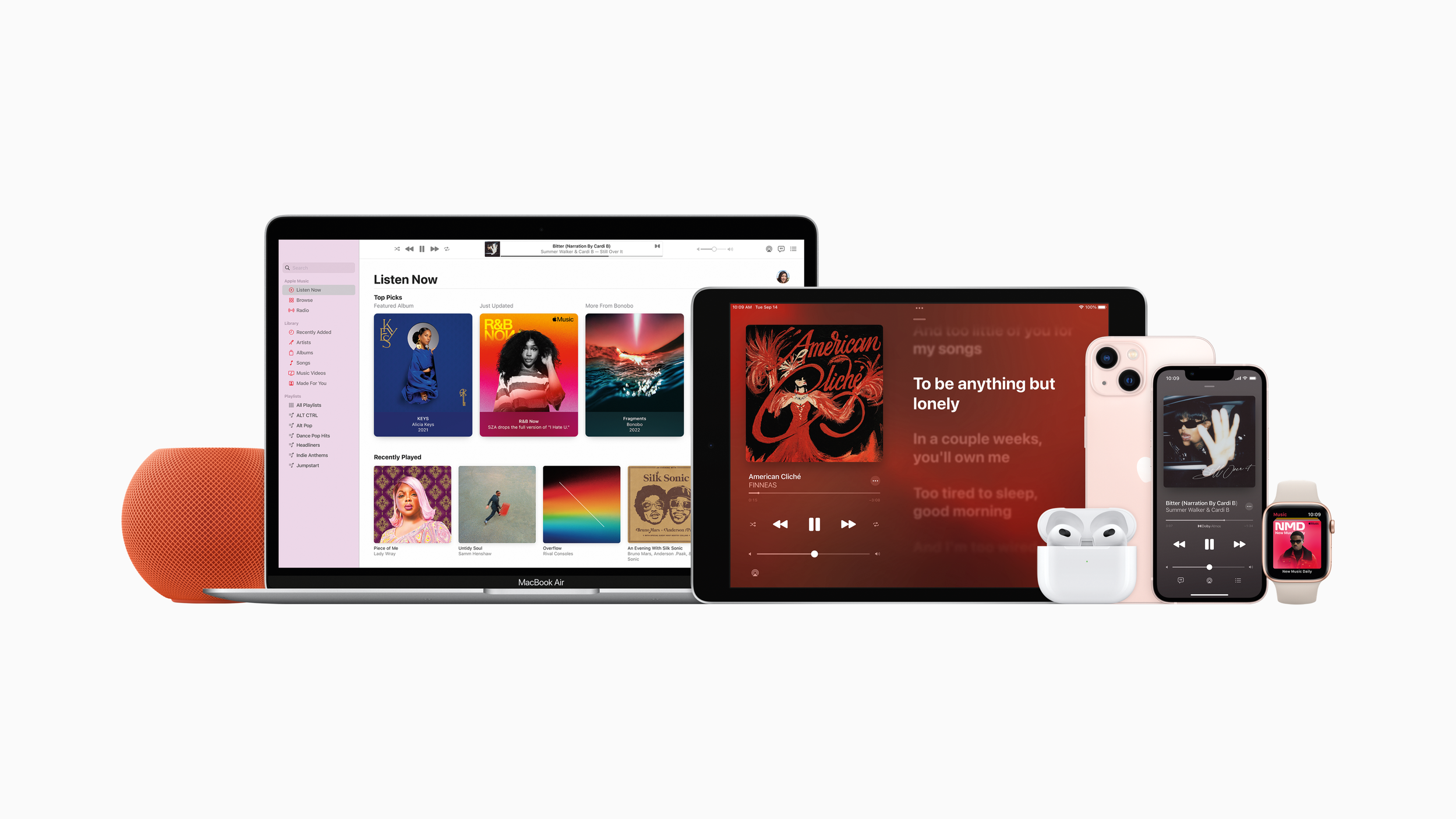In 2001, Apple Launched the iPod, a digital music player that transformed the music industry and consumer electronics, paving the way for the iPhone and making Apple the most valuable company in the world.
©Apple iPod
Ending an era, Apple recently stopped the production of new iPods. In 2001, the iPod, the precursor to the iPhone, led Apple's resurgence and paved the way for the all-in-one smartphone. Six years after Apple announced the iPod that transformed the music industry, the company under Steve Jobs's leadership announced the first iPhone — revolutionizing how we do business altogether.
©Apple iPod
Twenty-two years ago, Apple introduced the iPod, a digital music device with apps that transformed the music industry and consumer electronics, while revitalizing the company. Initially launched with the modest goal of helping sell more Macintosh computers, the iPod went on to transform the music industry, shake up consumer electronics and pave the way for the iPhone — Apple’s most iconic product to date and one that catapulted the company to the status of themost valuable company in the world.
Over the years, the company produced several new iterations of the popular device.
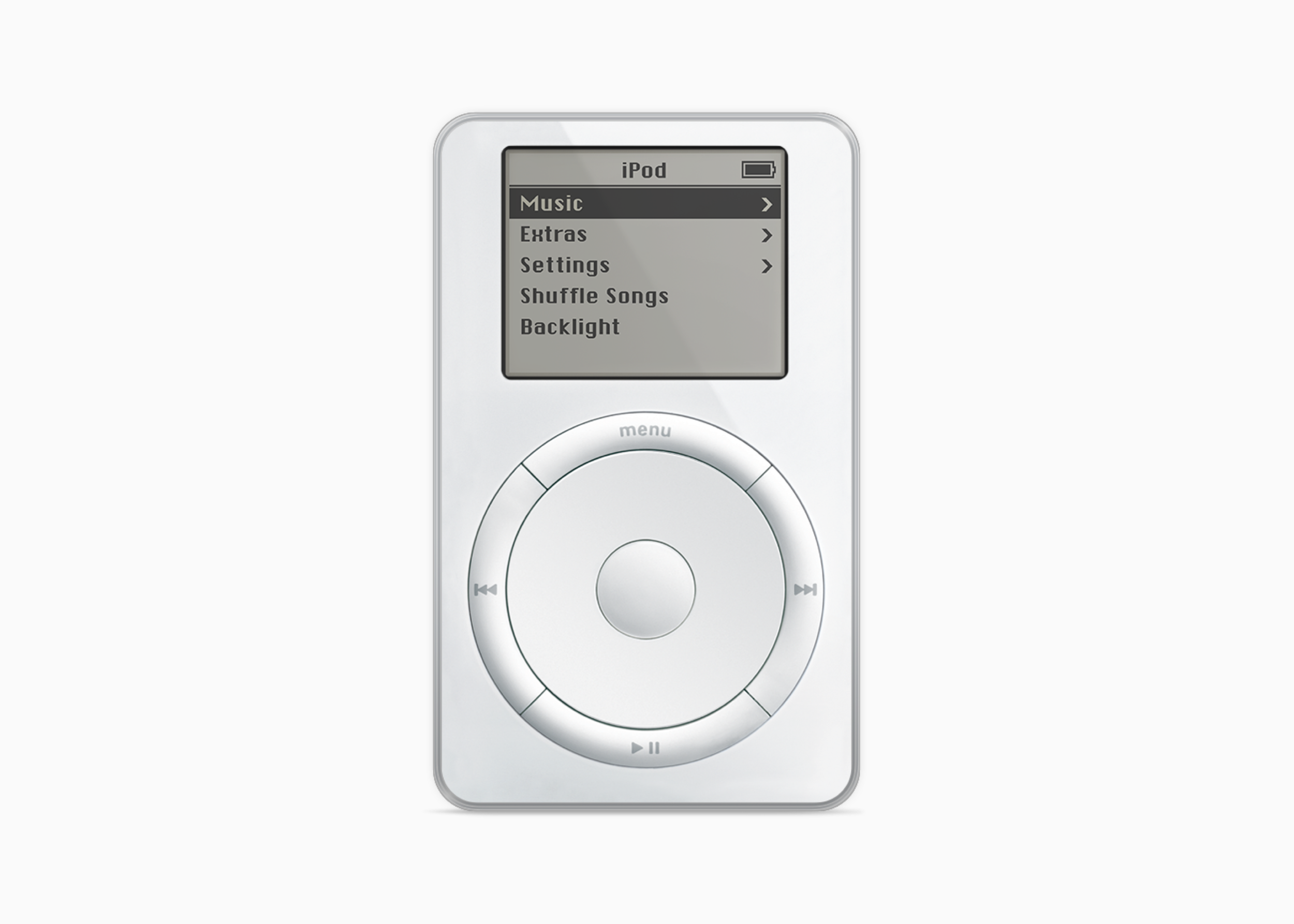
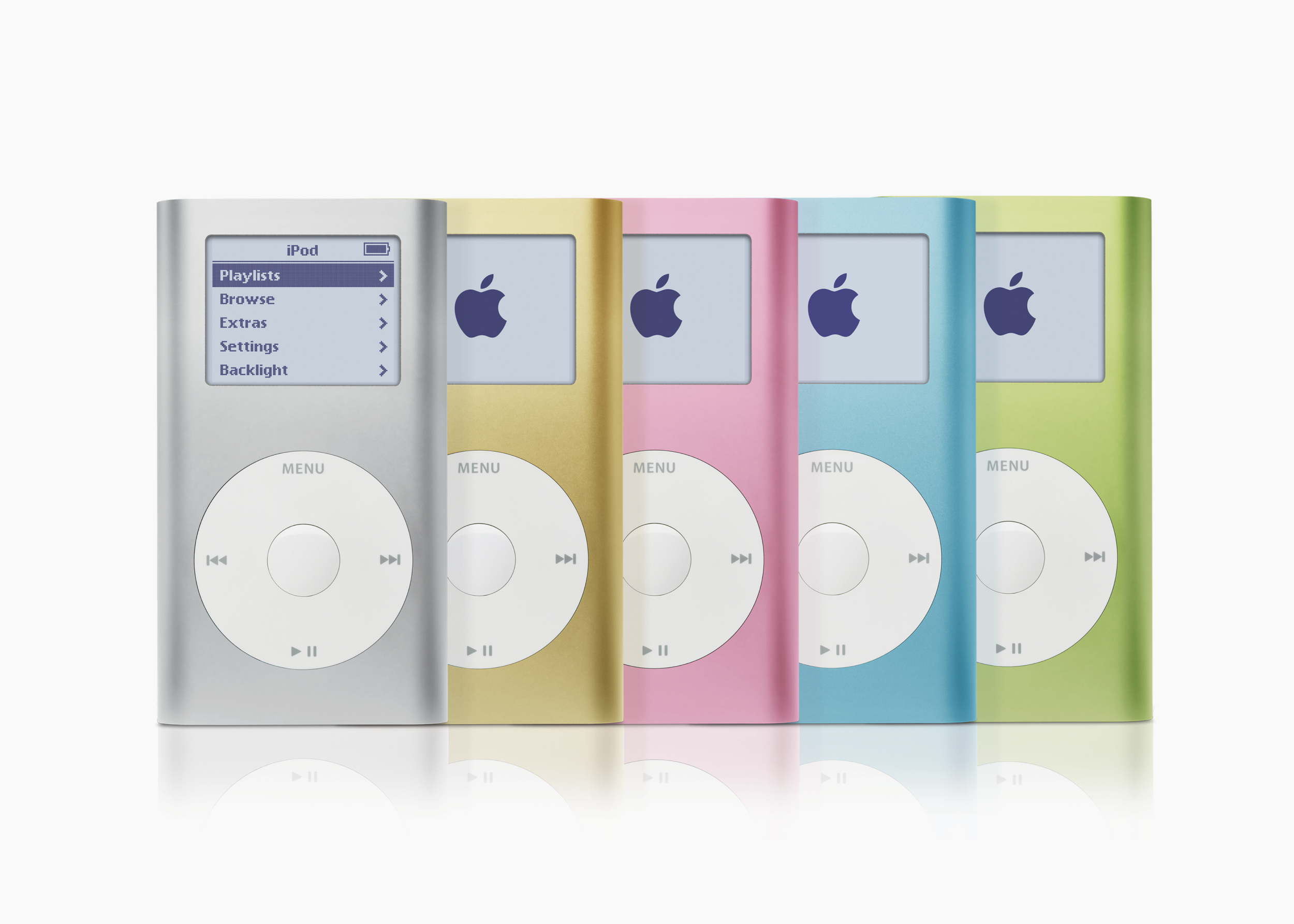
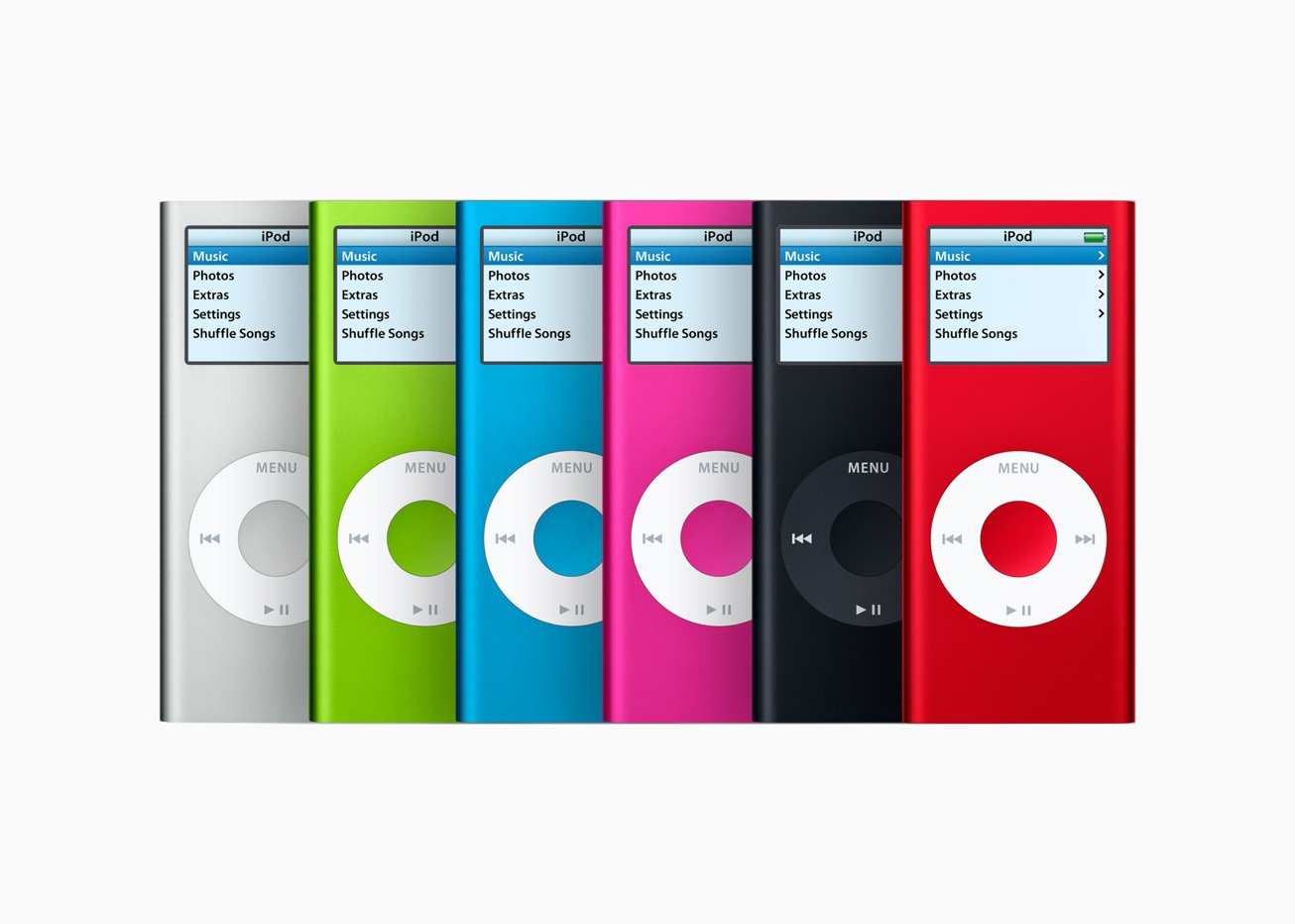
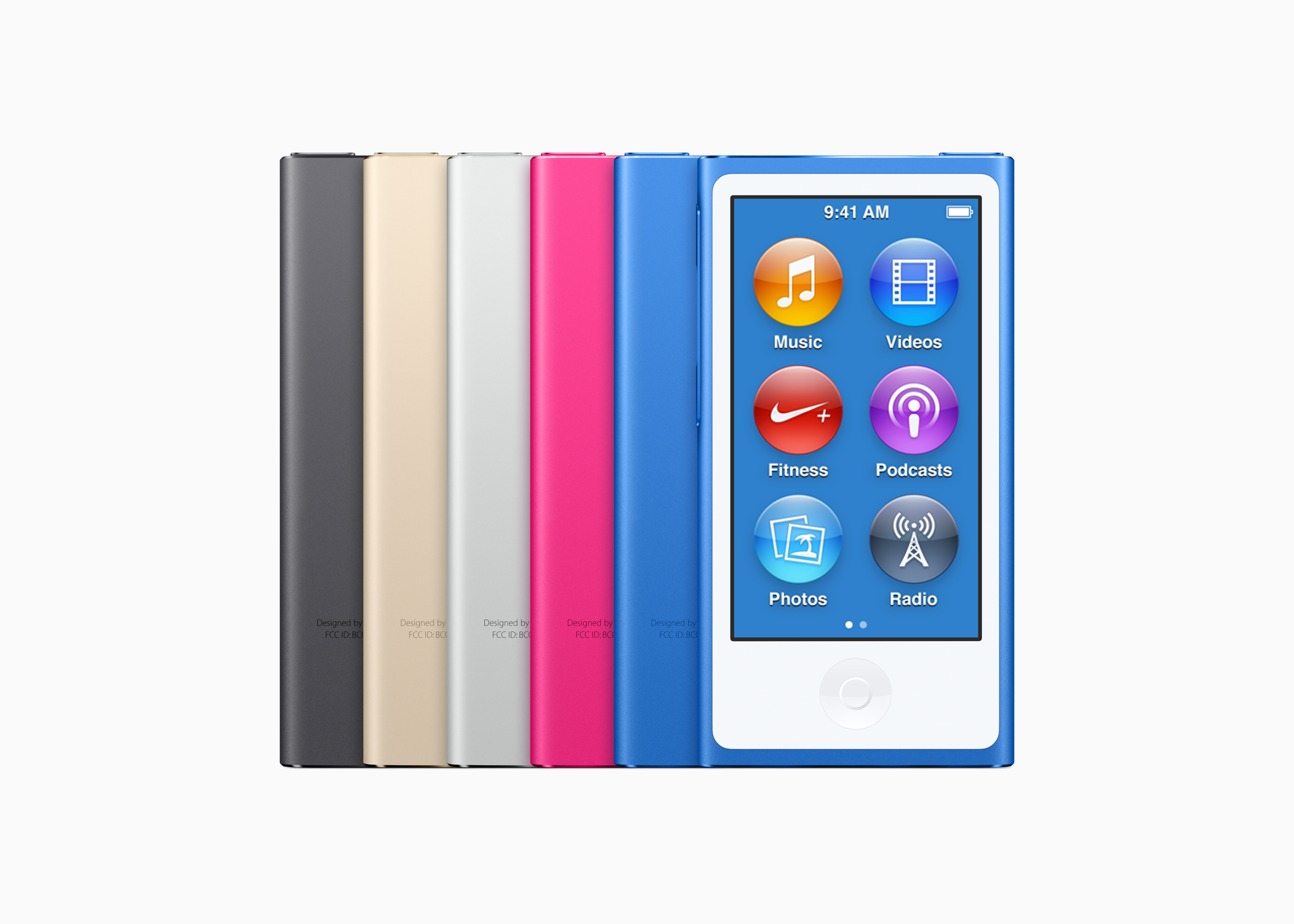
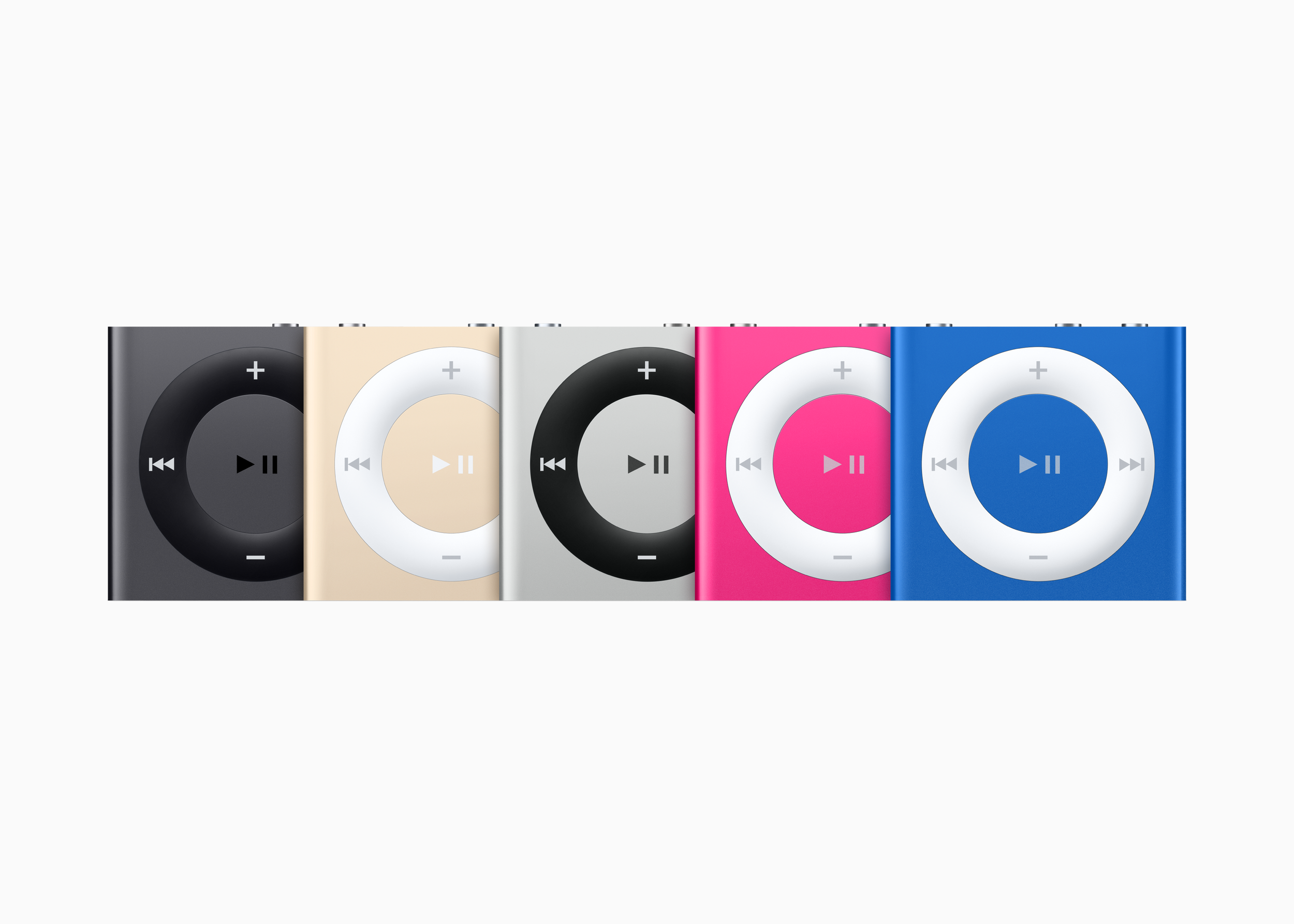
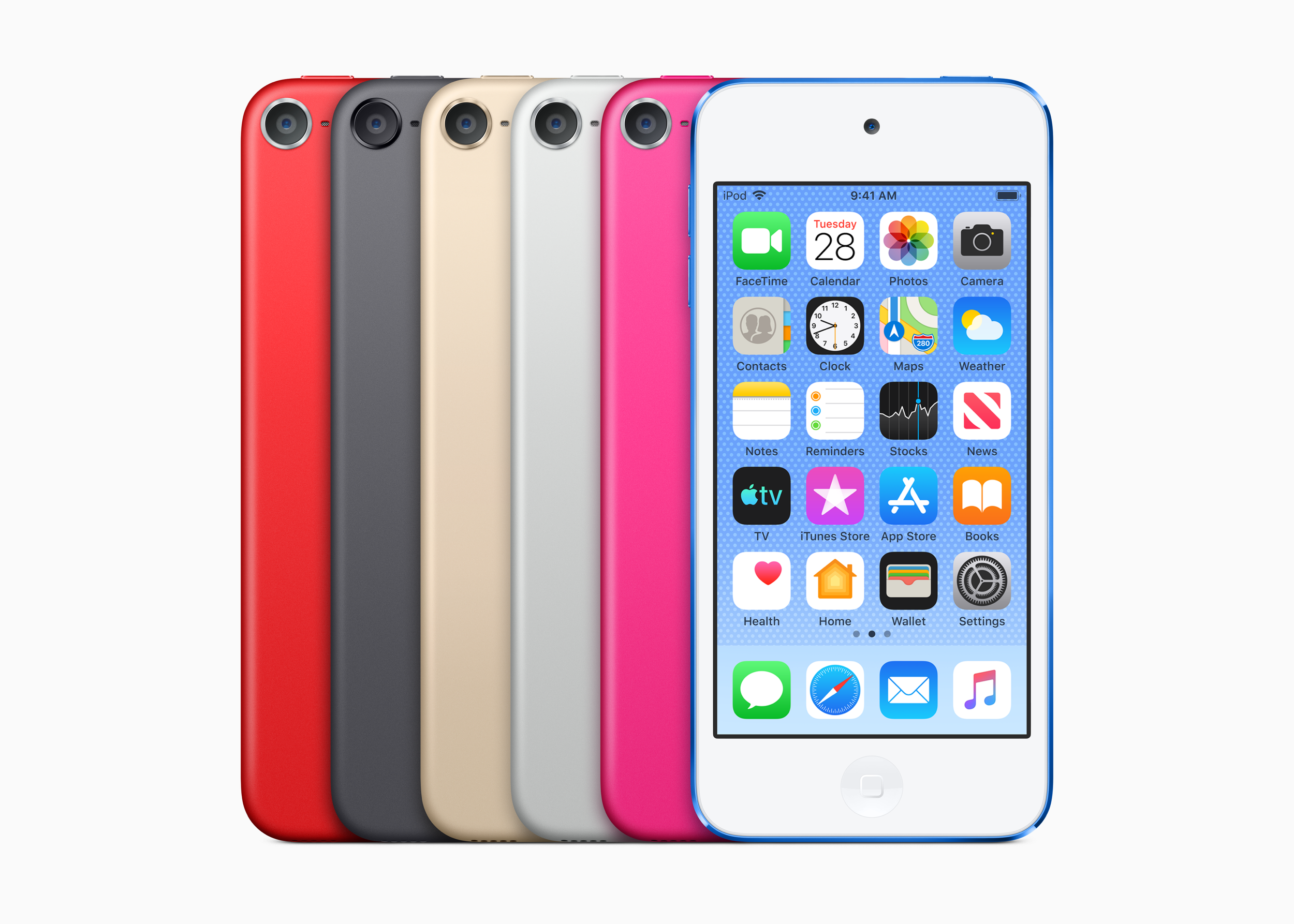
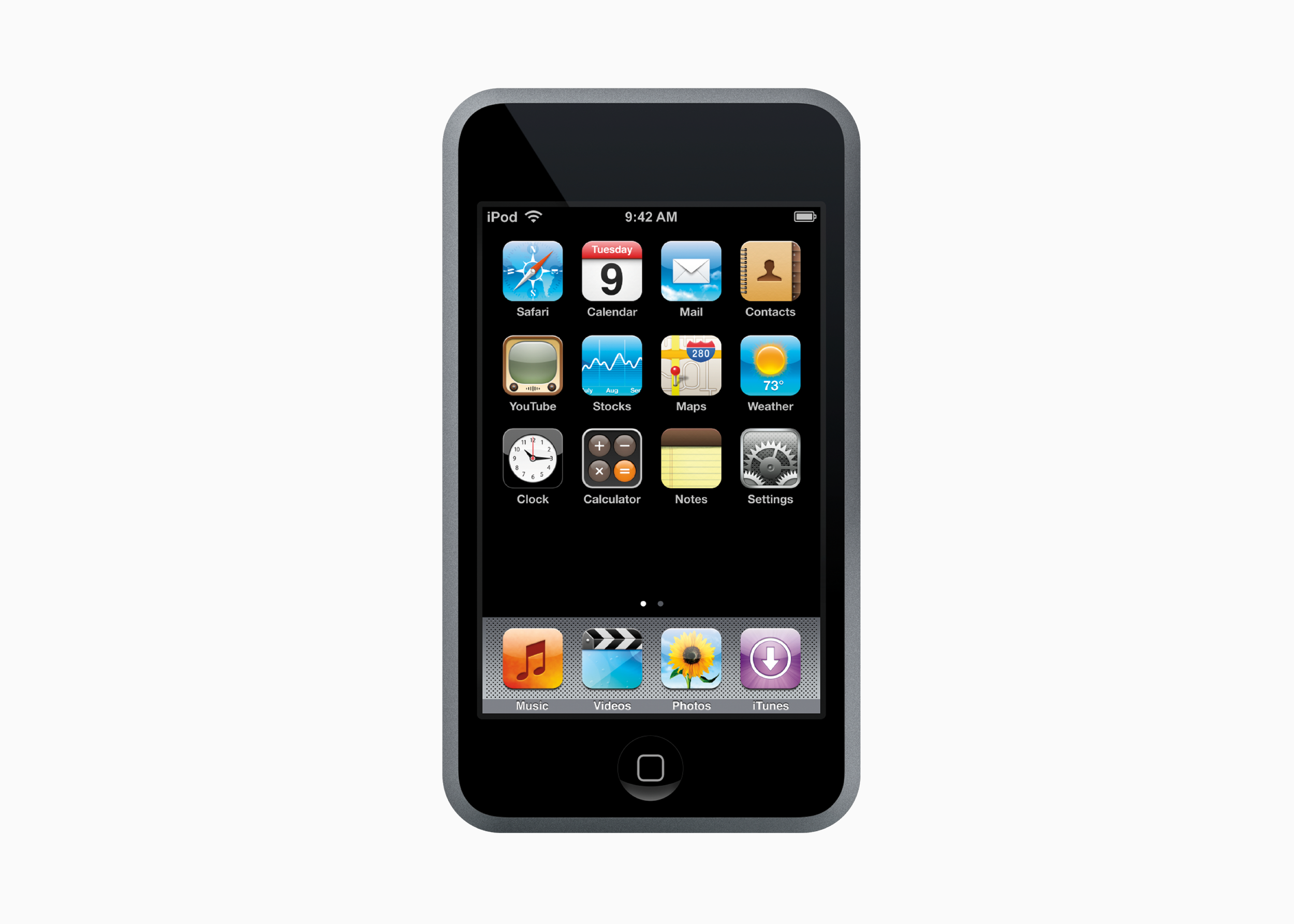
© Apple - iPod variations over the years. From Left to Right: (1) The original iPod, introduced on October 23, 2001, was the first MP3 player to pack 1,000 songs and a 10-hour battery into a 6.5-ounce package. (2) iPod mini, introduced on February 20, 2004, weighed just 3.6 ounces. (3) iPod nano (2nd generation), introduced on September 25, 2006, offered a thin design, a bright color display, six stylish colors, up to 24 hours of battery life, and 2,000 songs. (4) iPod touch, introduced on September 5, 2007, brought the Multi-Touch interface that made iPhone a hit, to the iPod with a 3.5-inch widescreen display. (5) iPod nano (7th generation), introduced on September 12, 2012, was the thinnest iPod to date at just 5.4mm and featured a 2.5-inch Multi-Touch display. (6) iPod shuffle (4th generation), introduced on July 15, 2015, had a sleek design with up to 15 hours of battery life, 2GB of storage, and a VoiceOver button to hear a song title, playlist name, or battery status. (7) iPod touch (7th generation), introduced on May 28, 2019, features the A10 Fusion chip, enabling immersive augmented reality experiences and Group FaceTime, with 256GB of storage.
Available to consumers in October of 2001, the first iPod was pocket-sized, rectangular in shape, with a simple white face and polished steel frame. It weighed 6.5 ounces, offered 10 hours of battery life, and could carry up to 1,000 songs. The iPod package included a pair of white earbuds in a special moon gray color.
The iPod became so popular that the generation using them was called the “iPod generation.”
Consumers can purchase available supplies of remaining iPod devices at www.apple.com until exhausted.
Apple has retired the iconic iPod given its decline in popularity in recent years. Since 2001, Apple has sold approximately 450 million iPods, according to Loup Ventures, a venture capital firm focused on tech research. Sales have dwindled in recent years, down to just three million iPods last year — a fraction compared to the approximately 250 million iPhones sold in the same period. This change is attributed to the popularity of Apple’s other devices, namely the iPhone and also AirPods, Apple Music, and the availability of other streaming music services like Spotify.
© Apple
The company has expanded its range of music-enabled devices and offers Apple Music. Apple Music is a monthly subscription service launched by Apple in 2014 that gives consumers access to catalogs of music - far more extensive than single downloads available on the iPod. Apple’s range of products that offer music capabilities includes the full iPhone range from the new iPhone SE and latest iPhone 13 Pro Max to all prior models, iPads, Apple Watches, AirPods, AirPods Max, HomePods, and Mac lineup.


